With an overall DxOMark Mobile Score of 87 points, the Huawei P10 is up there as one of the best Smartphones we’ve tested for photography enthusiasts. For stills, its Photo sub-score of 88 points is excellent, thanks to generally good exposures in all conditions, including extreme low light, and good color rendering with accurate white balance. Detail and texture preservation is also very good, producing some of the sharpest results we’ve seen, and the P10’s autofocus is fast, accurate, and repeatable in both trigger and auto mode.
For Smartphone video enthusiasts, the Huawei P10 offers 1080p@60fps, as well as higher-resolution 2160p@30fps moving image capture, and achieves a good Video sub-score of 84 points. Videos generally have pleasant exposures with good dynamic range and accurate white balance in all conditions. The excellent detail and texture seen in stills persists in movie files, too, with well-defined edges and plenty of fine detail present. Autofocus performance for video is very good, too, with fast reaction and smooth convergence during scene changes and in panning videos.
Outdoors: Outstanding detail
The P10 does a very solid job of capturing outdoor scenes, with mostly well-exposed images, good color rendering, and accurate white balance. We observed some exposure failures in very bright conditions, where darker areas of the scene are noticeably underexposed in order to capture good highlight details in bright areas (such as the sky). The advantage of this strategy is that you should be able pull more detail out of the darker areas in post production, but it means you’ll need to spend a bit of time working them up for the best results.
Detail preservation is excellent on outdoor scenes too, with tiny details such as people in the very far distance clearly visible and well-defined in 100% crops. It handles noise extremely well in most outdoor conditions as well, and although some luminance noise is visible in cloudy skies, it’s much more acceptable in clear blue skies. Accurate white balance and vivid color rendering is also a strong feature in outdoor shots, which display rich, well-saturated color. We observed a bit of instability in color rendering over consecutive shots, with the P10 recording slightly washed-out color in repeated exposures of the same scene, but it isn’t really much of a problem.
Indoors: Bright exposures in extreme low light
The Huawei P10 is an excellent Smartphone choice for photography enthusiasts after top-quality indoor or low-light pictures. Exposures in low light are generally very bright, even in extreme low-light conditions of 5 lux. Lots of fine detail is preserved when shooting indoors, too; and although in extreme low light some fine details are lost, indoor detail texture remains very good overall and is among the best results we’ve seen. With such good texture comes some slight luminance noise visible in most low-light images. Often rendered as a fine high-frequency noise, however, it’s far from offensive and doesn’t significantly impact overall image quality. White balance is very good when using different indoor light sources, too, with nice neutral results using tungsten light sources. Some color shading is noticeable in low-light images, however.
Details: Explaining the score
Exposure and Contrast (87)
The Huawei P10 achieved a very good score here, thanks to good exposures in all lighting conditions and particularly in extreme low light. In some high-contrast outdoor scenes, occasional underexposures with clipped shadows, as well as exposure irregularities across consecutive outdoor shots reduced the score, but overall, this is a very good result.
Color (84)
The Huawei P10 scored a solid 84 for color, thanks to good color rendering and accurate white balance in all conditions. It lost points due to some slight color shading in all conditions, as well as because of minor color rendering instabilities over consecutive shots, with slightly more saturated and vibrant color in some exposures, but it’s not overly concerning.
Autofocus (92)
The Huawei P10 achieves an excellent score for autofocus, which is generally smooth, accurate, and repeatable, with consistently good performance using both trigger and auto autofocus mode. It’s fair to say autofocus is a fraction slower than its main competitors, and we observed the occasional failure, but it was generally quick, responsive and accurate in all lighting conditions.
Texture (92)
Noise (87)
The Huawei P10 achieves an outstanding score of 92 for texture, thanks to excellent detail preservation in both low- and bright-light conditions, and it outperforms some of its main competitors. 100% crops from the 12Mp RGB sensor clearly show good definition on tiny subjects, such as people in the far distance. In extreme low light (5 Lux), the finest details are lost, but the results are still good considering the conditions; and under brighter 20 lux conditions, detail preservation is very good. The extra texture and sharpness comes with some additional noise, however, which is a little more prevalent than that of some competitors. Some luminance noise is visible in the sky, particularly in cloudy conditions, although in areas of uniform color (such as a clear blue sky), the effect is better controlled. In low-light conditions, some slight luminance noise is visible, but the noise is rendered mostly in a less offensive high-frequency pattern, which is good news.
Artifacts (86)
Optical deficiencies from the Leica Summarit f/2.2 lens are well-controlled for a mobile device, with only a slight loss of sharpness between the center and edges of the frame and some minor ringing visible on 100% crops.
Flash (85)
The Huawei P10’s dual-tone LED unit offers good flash exposures on both flash-only and mixed-flash results, with only a very slight difference in brightness observed over consecutive flash exposures. Flash pictures display accurate white balance with pleasant color rendering, and white balance remains reasonably natural when combining flash with additional tungsten light sources. Some minor color shading is visible in flash pictures mixed with additional light sources, but it’s not overly offensive. Detail preservation is good, with nice texture and low levels of fine noise. The Huawei P10’s flash output is also nicely centered in the frame, but there is some light attenuation, resulting in noticeably darker corners.
Video (84)
Achieving a very good overall video score of 84, the Huawei P10 boasts good target exposures with fast and smooth adaptation during lighting changes. Video dynamic range is also very good, aside from occasional underexposure in tricky light conditions that results in slightly unsaturated color in some movies. That said, color rendering is pretty good, particularly in bright light, and white balance is generally accurate, with fast and smooth convergence as the lighting conditions change. In low-light conditions however, color shading is evident, shifting from pink in the center of the frame to green at the edges.
Video detail preservation is among some of the best we’ve seen, with nicely defined edge detail, although strong luminance noise is also visible in videos shot in all lighting conditions. Autofocus reaction and convergence is fast, with stable focus in panning videos, and although some slight focus stepping is noticeable in low-light videos, it’s not a huge distraction. Video stabilization is also pretty good generally, despite a little residual high-frequency motion visible in all videos and a noticeable “jello” effect in handheld videos shot on the move.
Photo Pros
- Good exposure even in extreme low light.
- Good white balance and color rendering in all conditions.
- Good texture preservation, even in low light.
- Accurate and repeatable autofocus.
- Nice flash exposures with nice white balance and good detail preservation.
Video Pros
- Good target exposures and dynamic range.
- Generally good white balance.
- Excellent detail preservation.
- Fast autofocus reaction and smooth convergence.
- Good motion stabilization.
Photo Cons
- Luminance noise visible in the sky.
- Slight color shading noticeable in low-light conditions.
- In outdoor shots, details are sometimes lost in darker parts.
Video Cons
- Visible “jello” effect during walking movements in outdoor conditions.
- Strong color shading visible in low-light conditions.
- Strong luminance noise visible in all conditions.
- Slight difference in sharpness between consecutive frames with walking motion.


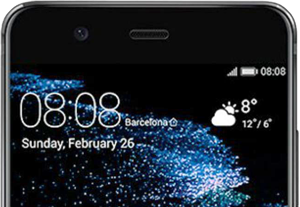


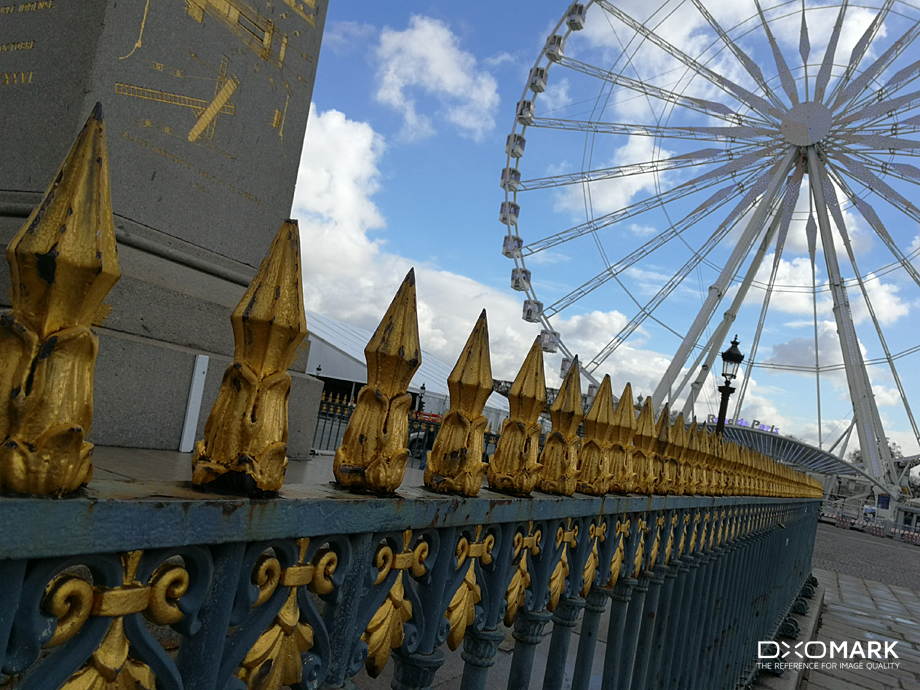
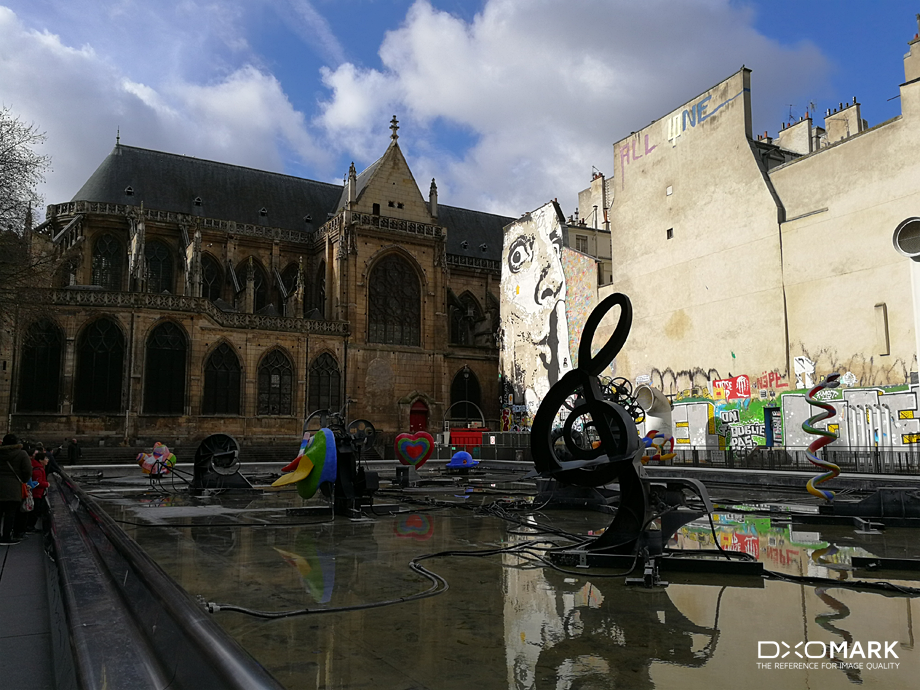
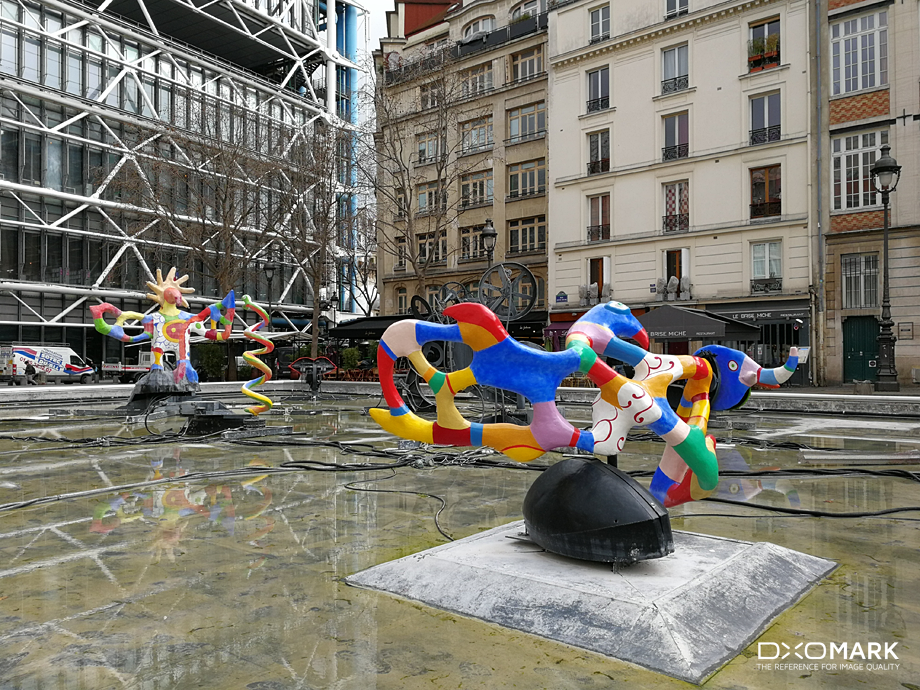
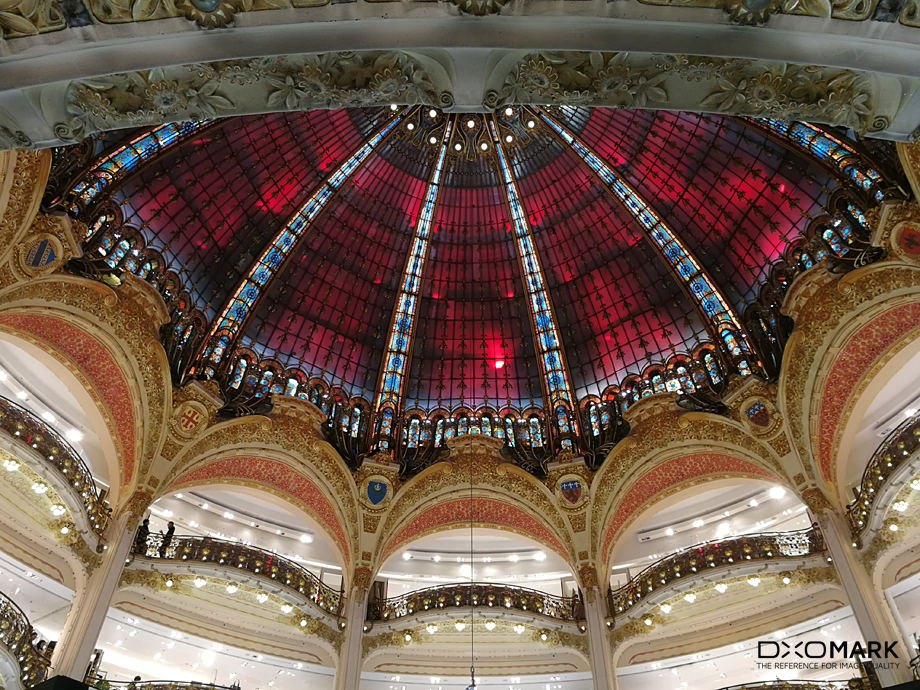
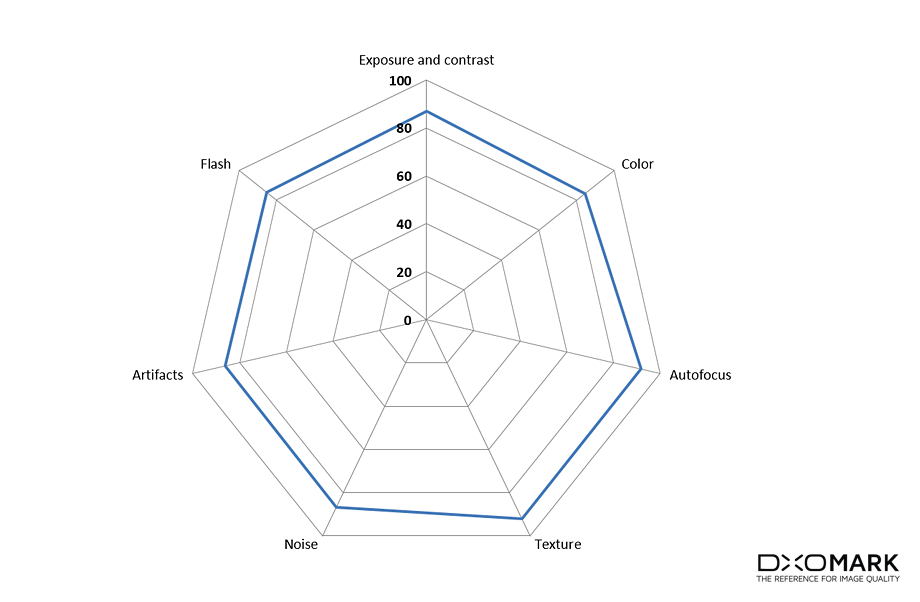
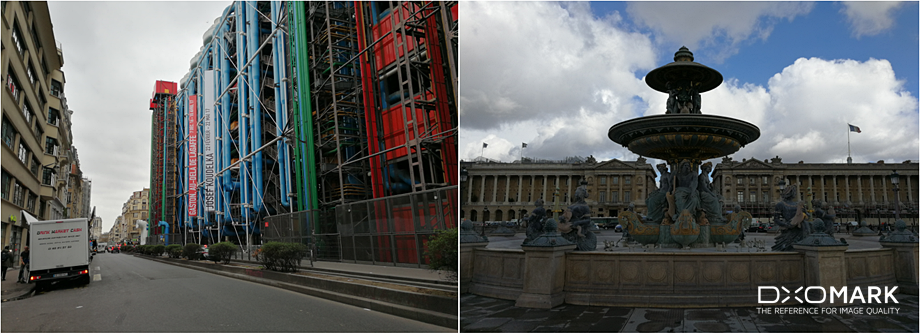
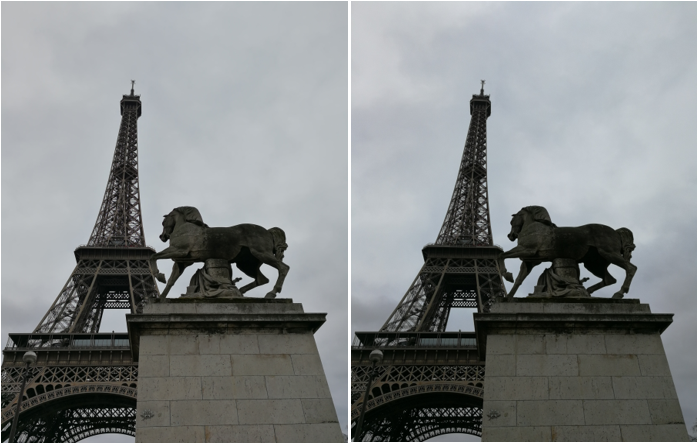
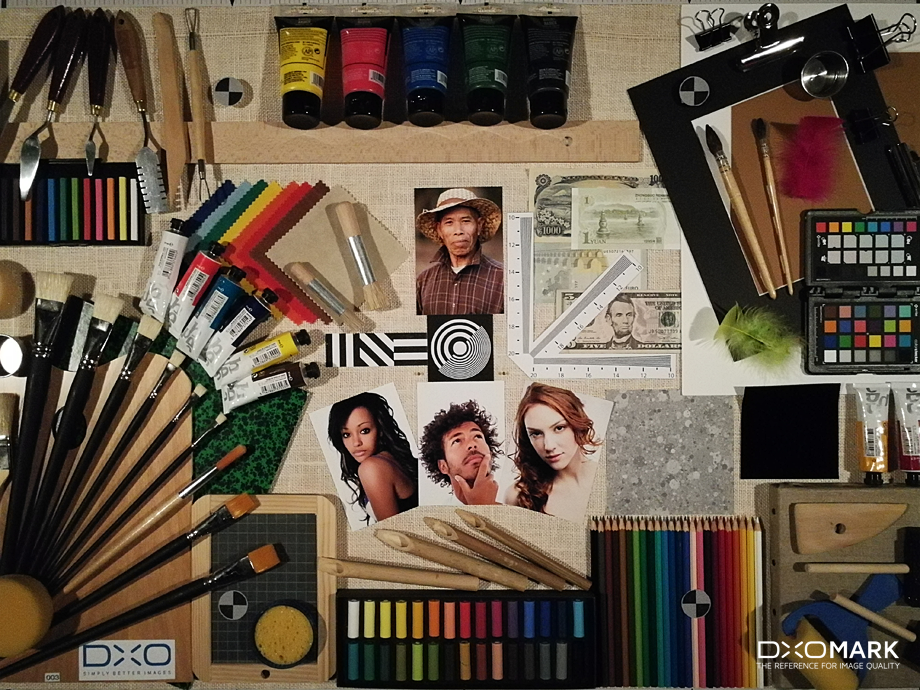
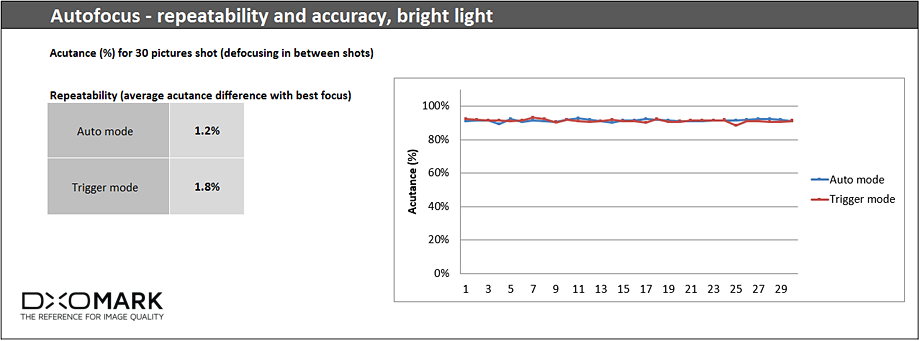
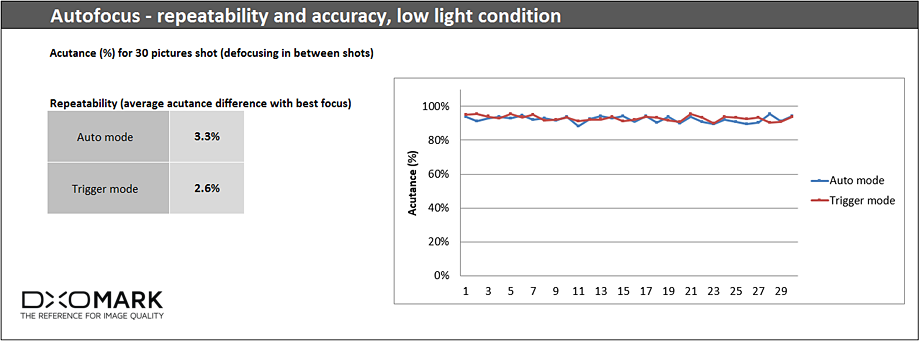
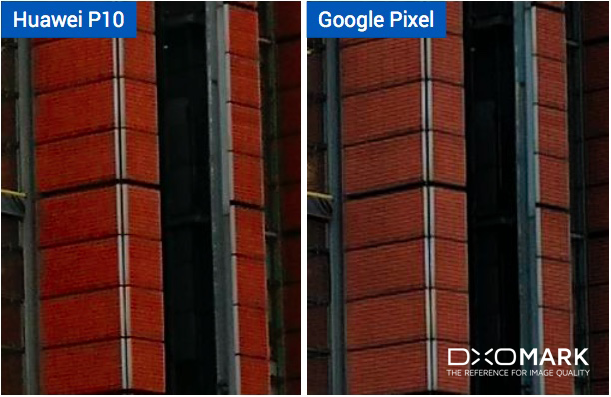
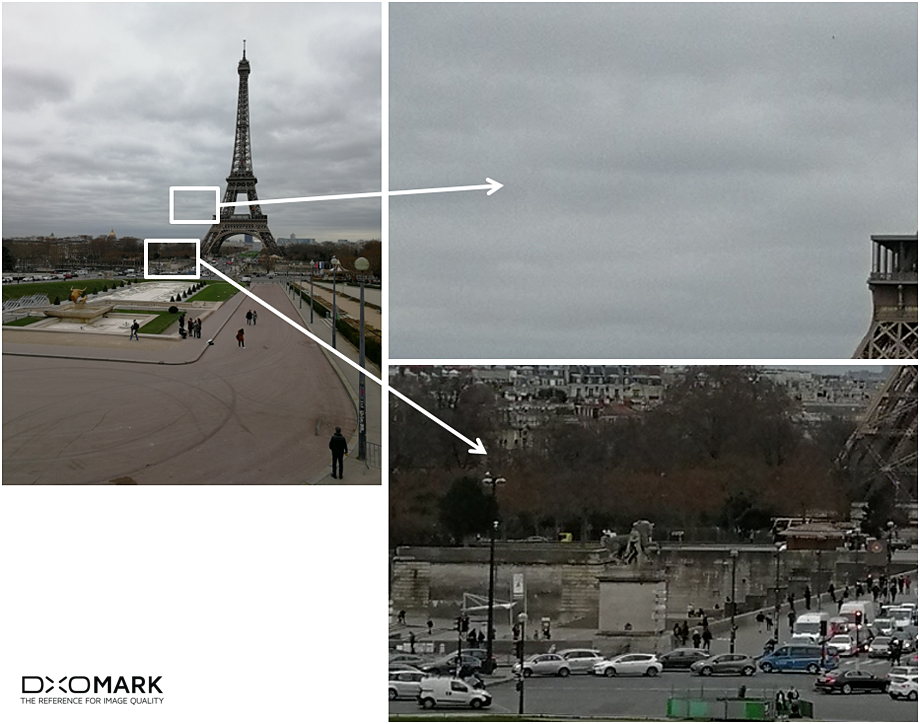
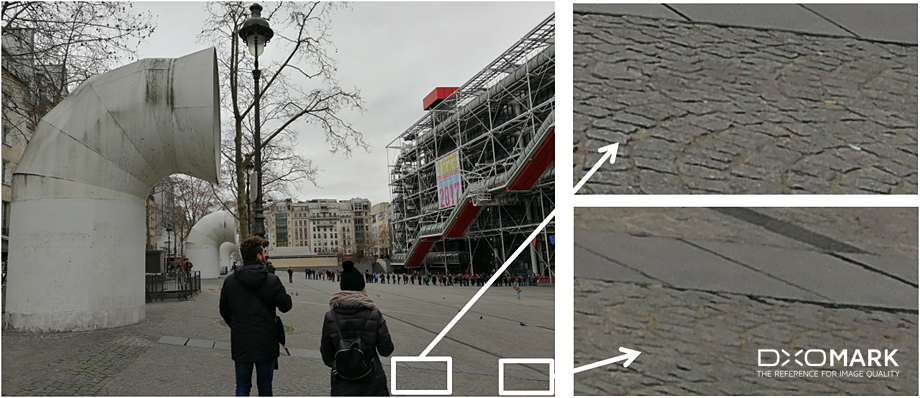
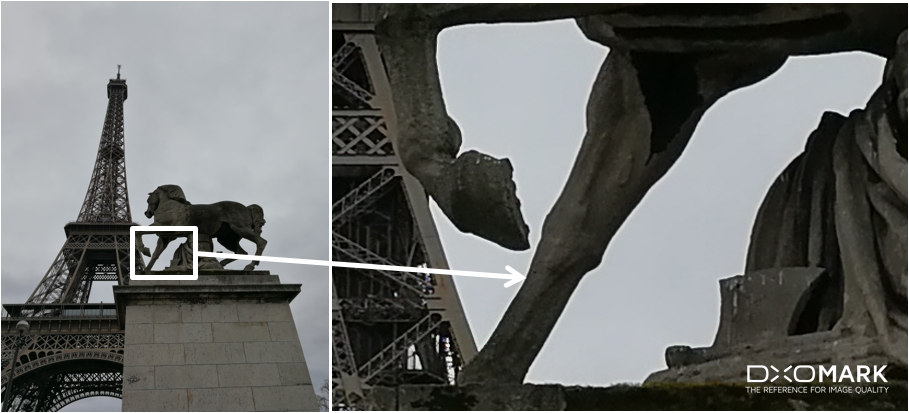
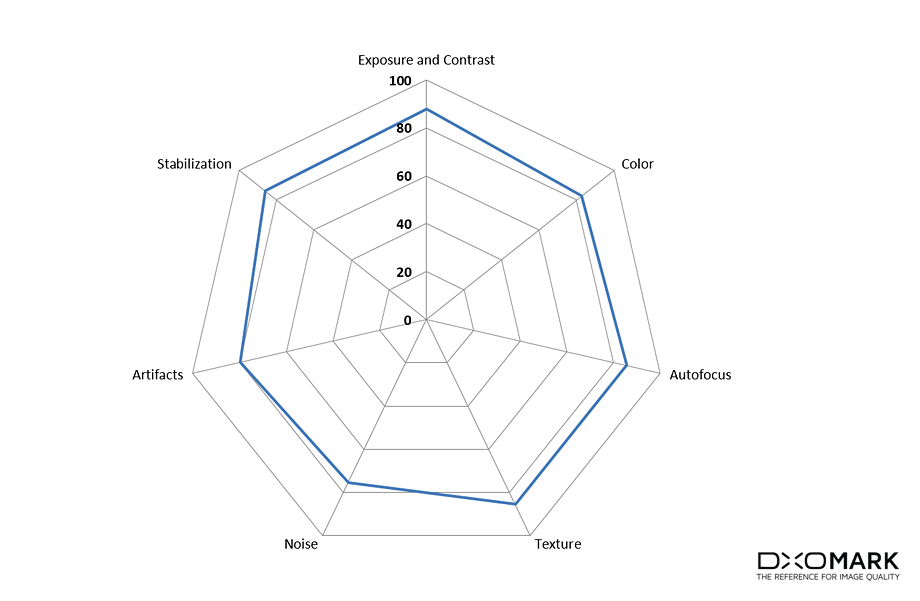
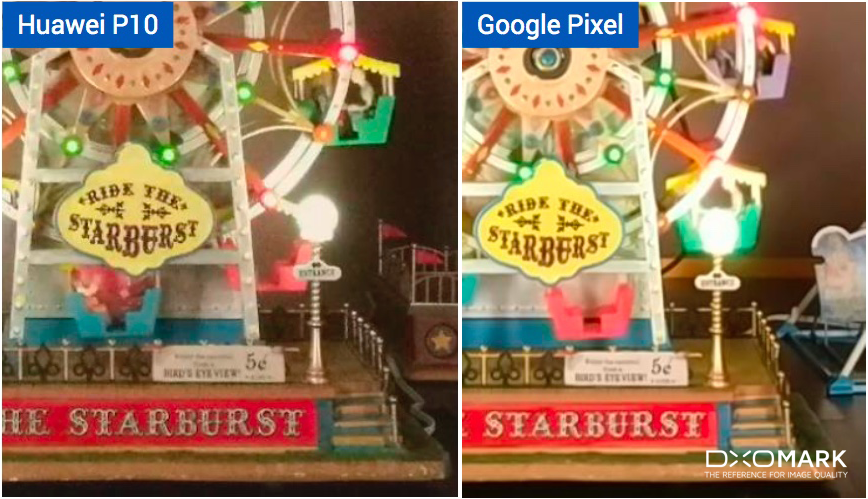
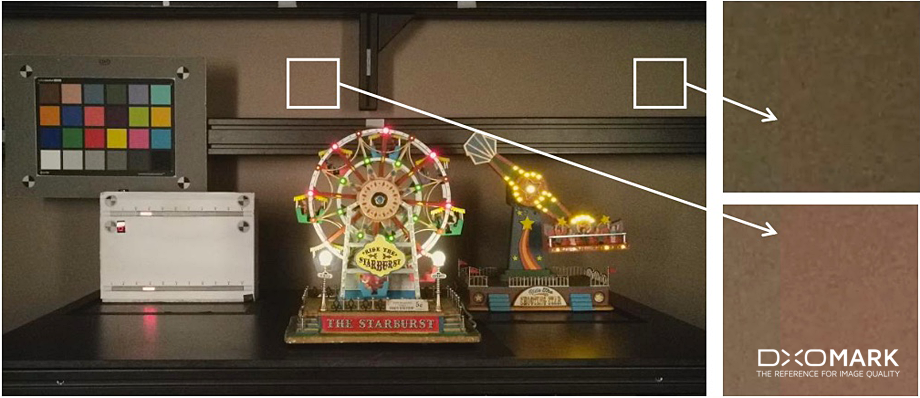
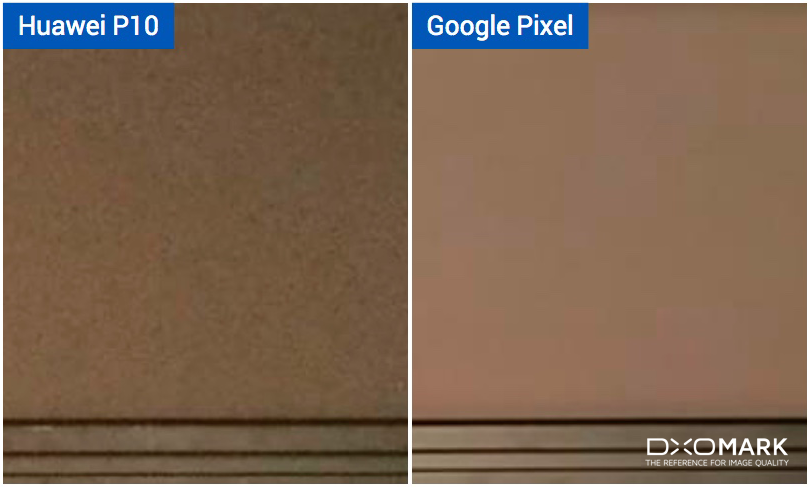
DXOMARK encourages its readers to share comments on the articles. To read or post comments, Disqus cookies are required. Change your Cookies Preferences and read more about our Comment Policy.